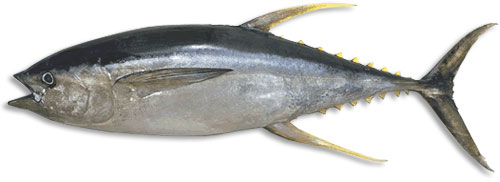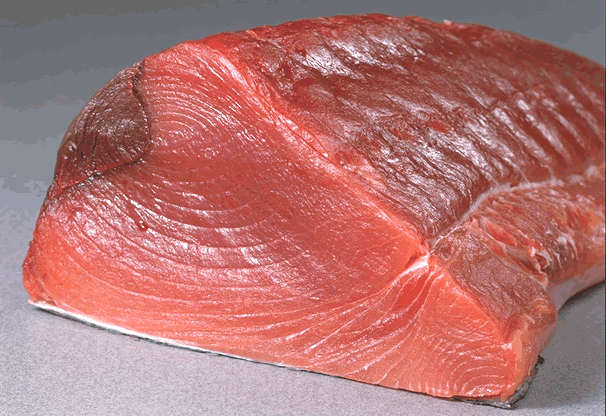Our Favorite Ahi Tuna Recipes

RECIPES
O.K., Please put aside any notion that raw fish is gross. Ahi is best better served either raw (sashimi) or "blackened" (seared) rather than cooked through.
- Fresh Ahi & Avocado Poke (Easy)
- Ahi & Macadamia Nut Poke (Easy)
- Seared Ahi with Wasabi-Butter (Moderate)
- Blackened Tuna Sashimi with video guide (Moderate)
- Fennel-Crusted Ahi with Lemon Aioli (Difficult)
- Crispy Ahi (Difficult)
MORE ABOUT AHI
Ahi refers to two species, bigeye tuna (Thunnus obesus) and yellowfin tuna (Thunnus albacares). The yellowfin the more common of the two here in Hawaii. In Hawaii, shibi is another name for yellowfin tuna, and refers to younger, smaller fish.
Ahi tends to be most abundant during the summer season (May-September), however they can be caught year-round in Hawaiian waters. Yellowfin range in size from 3 to over 200 pounds. The smaller fish (under 75 lbs) are usually caught around fish aggregation buoys. These are the ones frequently landed on Maui sportfishing trips though larger fish do get caught as well.
The flesh color of fresh ahi varies from pink in smaller fish to deep crimson in larger fish. The meat of larger fish also tend to have a higher fat content, and is more sought after by restaurants and markets.
 The secret to preparing a good ahi dish starts first with the quality of the fish. If you can't go out and catch it yourself, then look for large, bright red steaks with little to no graying or blackening of the meat.
The secret to preparing a good ahi dish starts first with the quality of the fish. If you can't go out and catch it yourself, then look for large, bright red steaks with little to no graying or blackening of the meat.
It's pretty easy to tell if supermarket ahi isn't fresh. Yellowfin undergoes oxidation of pigmented protein when it's exposed to the air, so the flesh color changes from a red to a brown color in a matter of days.
Ocassionally, you'll also see color variations on freshly caught fish too. We refer to this as being "burnt", and may be the result of the fish over-exerting itself during its fight to escape the line. The ahi steak pictured here is sashimi grade, with only a slight "burn" on the upper left side.
See Also: Commonly caught Maui game fish
